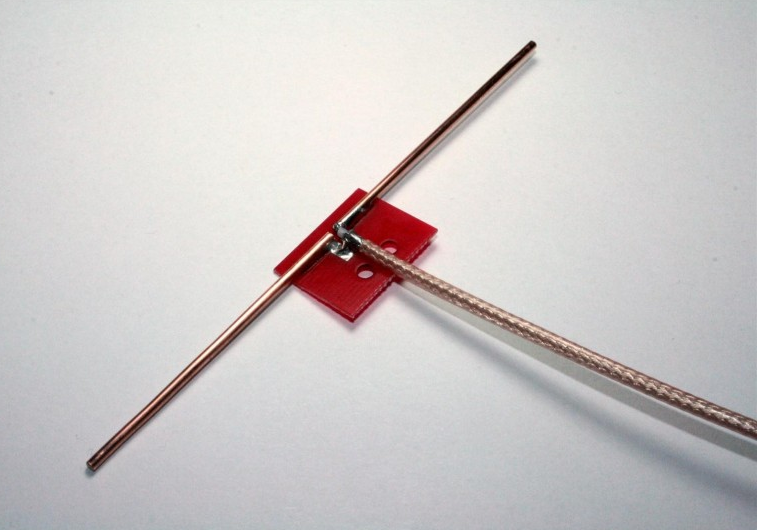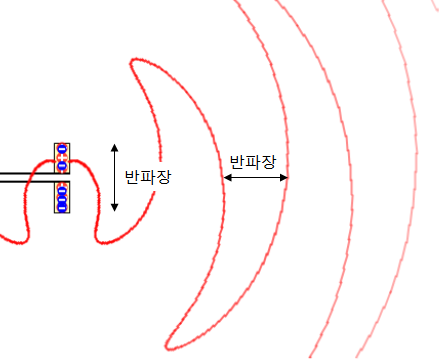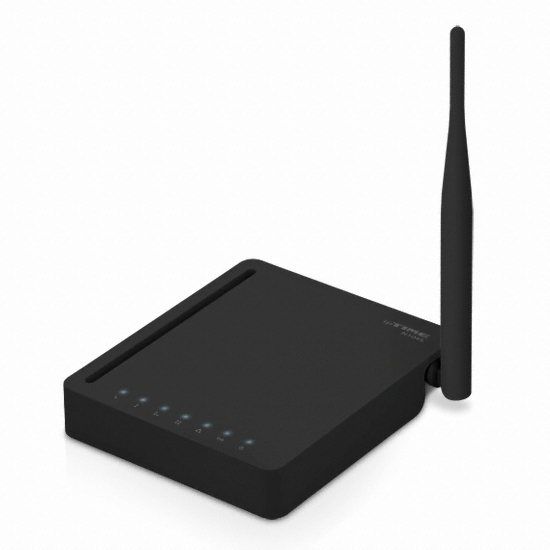The basic structure of the antenna comes from a capacitor.
An antenna is a device for sending and receiving electromagnetic waves. A typical dipole antenna has the form of a wire with both ends cut off. The antenna uses these cut wires as a scaffold to send current through space.

Source: http://www.flytron.com/
At first glance, it can be challenging to understand that current flows between conductors are separated from each other.
However, anyone who has learned Physics knows that passing an alternating current through a capacitor causes a current to flow. Capacitors are two thin plates placed apart from each other. Even though the two electrodes of the capacitor are separated from each other, an electric field is formed between the electrodes, allowing current flow.
Usually, the electric field formed in the capacitor does not leak out to the outside. The antenna is a device to leak this electric field to the outside actively. The electric field leaking to the outside is called a radio wave or electromagnetic wave, and it spreads through space at the speed of light.

Marconi, the first discoverer of radio communications, did not know the dipole's proper length, generating radio waves between large metal spheres. After that, as He began to understand radio waves' characteristics, He found out that when the length of a dipole antenna is an integer multiple of half the wavelength (1/2 of the wavelength), it causes a resonance phenomenon and leaks the most current to the outside.
The rod-shaped antenna's basic structure attached to the wireless router is the same as the dipole antenna.

Source: IPTIME homepage